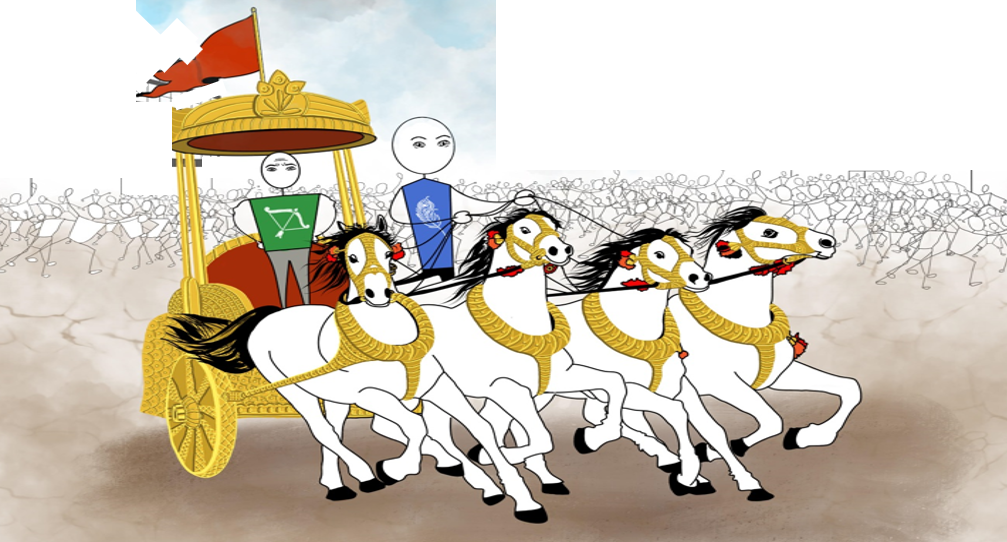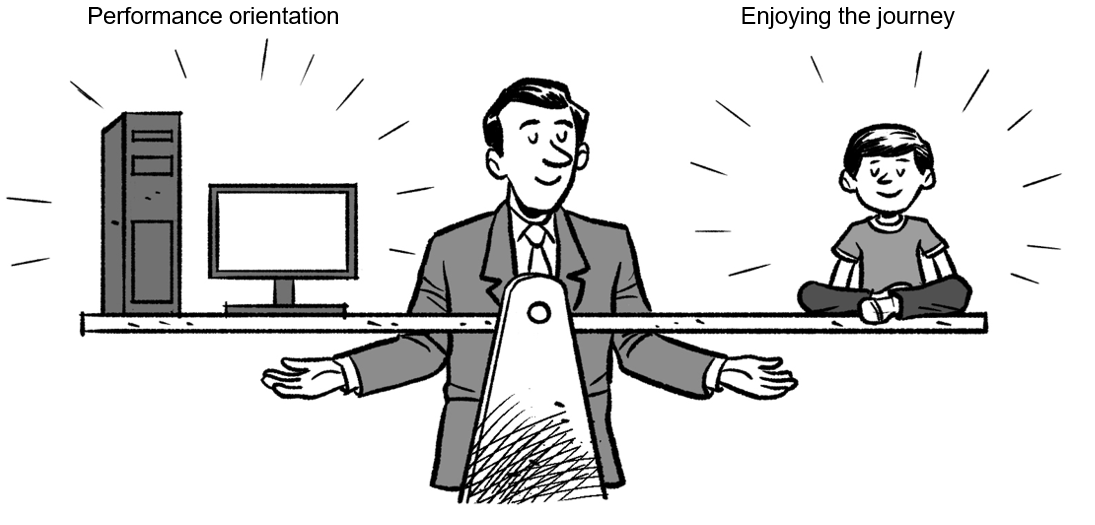CHALLENGE
I said, “Ringo, when I interviewed you on January 26th, I asked you about performance-oriented culture, and how well you are aware of this, because this is an important principle by which our organization operates, and you will need to inculcate this into the startup that we will acquire and merge into our eco-system and you will lead.”
“That’s true. I remember that.”
I said, “A performance-oriented culture would align the work of people to the organization’s and division’s vision and goals and people would take accountability for their actions. A performance-oriented culture fosters an environment where everyone is committed to achieving the highest levels of excellence. It’s an environment where the work of associates is measured against clear and defined performance metrics.”
Ringo said, “I have always wanted ask this. Does not this principle fly against the principle of enjoying your journey without worrying about results? Performance orientation emphasizes achieving specific goals and outcomes, while enjoying the journey suggests focusing on the process and experience. How do you reconcile these two?”
I said, “They are not really in opposition to each other. Only a person who enjoys the process of achieving a goal can realistically commit themselves to achieving it. From a spiritual standpoint, enjoying the journey takes precedence, while from an economic standpoint, performance-orientation takes precedence. While your enjoying the journey is important to you, your performance-orientation is important to the person who has employed you.”
I continued. “There are two practices that you can employ to reconcile these two and make the journey more enjoyable.”
Challenge of the week: What are these two practices?
POSSIBLE ANSWERS
Practice 1: Balance short-term and long-term goals
I said, “Have you heard of Zeno’s paradox?”
“Yes. But I don’t recollect it.”
“Well, simply put, it says that any moving object must reach halfway on a course before it reaches the end; and because there are an infinite number of halfway points, a moving object never reaches the end in a finite time.”
I continued. “A journey is a set of small steps, a set of short-term goals to reach, which lead to the ultimate destination, or the long-term goal. So, one way to enjoy the journey and focusing on the destination, is enjoying the success of every small step, while focusing also on the destination.”
Ringo said, “Yes. Celebrating the small successes along the way is how you make the journey enjoyable.”
“Exactly. You have to find joy in the process, which means celebrating the small successes. You should also look for professional growth, learning, associating with people, and so on in the journey. And if you ensure that the goals you have set are realistic, you don’t feel exhausted on the way.”
Practice 2: Commitment to action
I said, “Enjoying the journey is what you get from the process of the realization of the goal, while commitment to action is what you put into it.”
Ringo said, “I get it. The realization of this aspect causes the realization of enjoying the journey. And the realization of both together causes the realization of the principle of performance orientation.”
I said, “In the Bhagavad Geeta, Krishna tells Arjuna that his adhikara is only to his actions, and never to its fruit. The word adhikara could mean many things, the primary ones being right or influence.

Basically, Krishna is telling Arjuna to commit himself to action, even if it means killing his relatives, because in the goal of achieving and upholding dharma, that is the only thing he has influence over, and so right over.”
Ringo said, “I suppose commitment to action is the cause and the manifestation of performance-orientation. Whether it’s personal or professional goals, or contribution to society and community, commitment to action is essential for turning visions into fact.”
I said, “Correct. Commitment to action makes one want to move forward despite obstacles, even if it means learning new skills, or stepping out of one’s comfort zone.”




